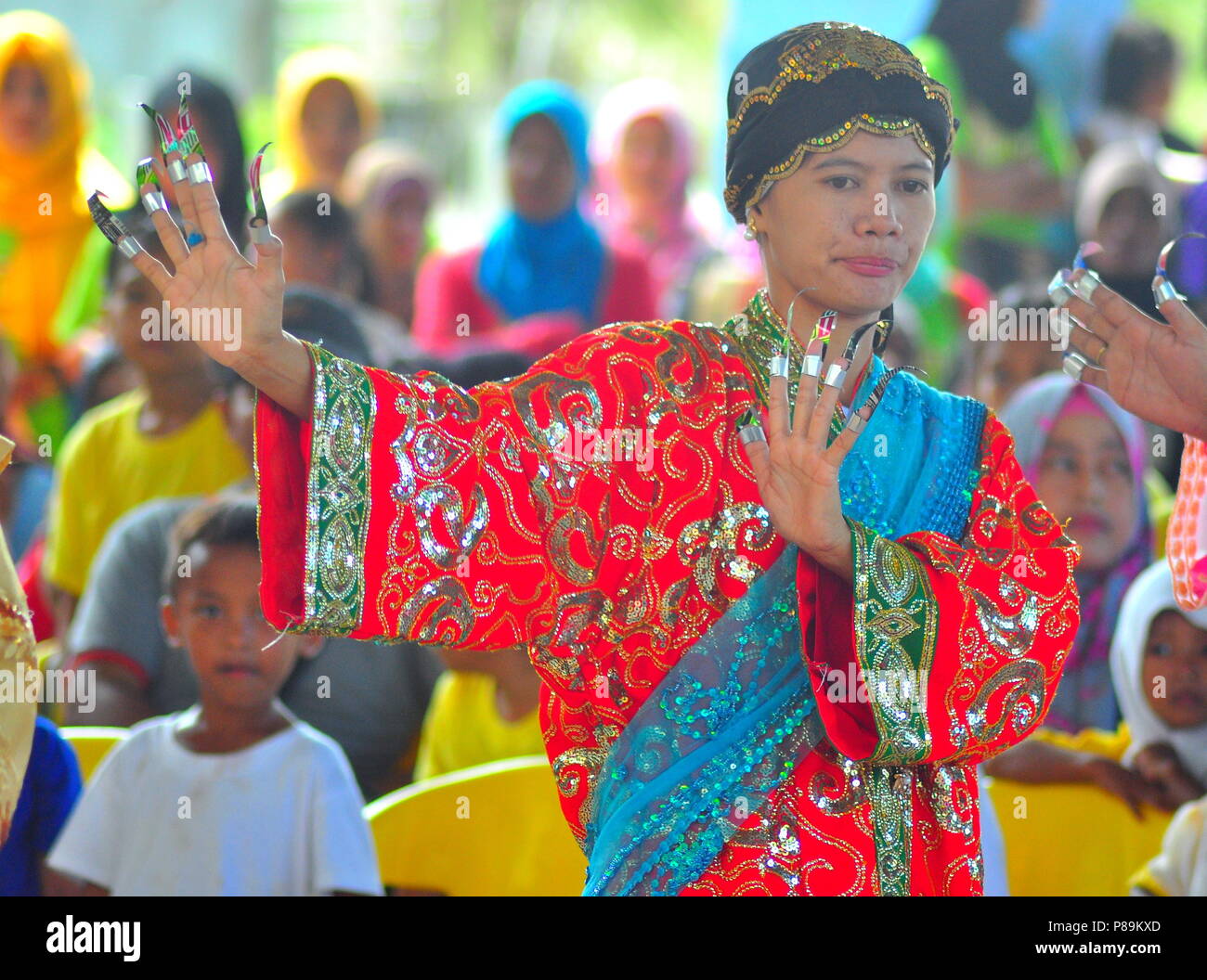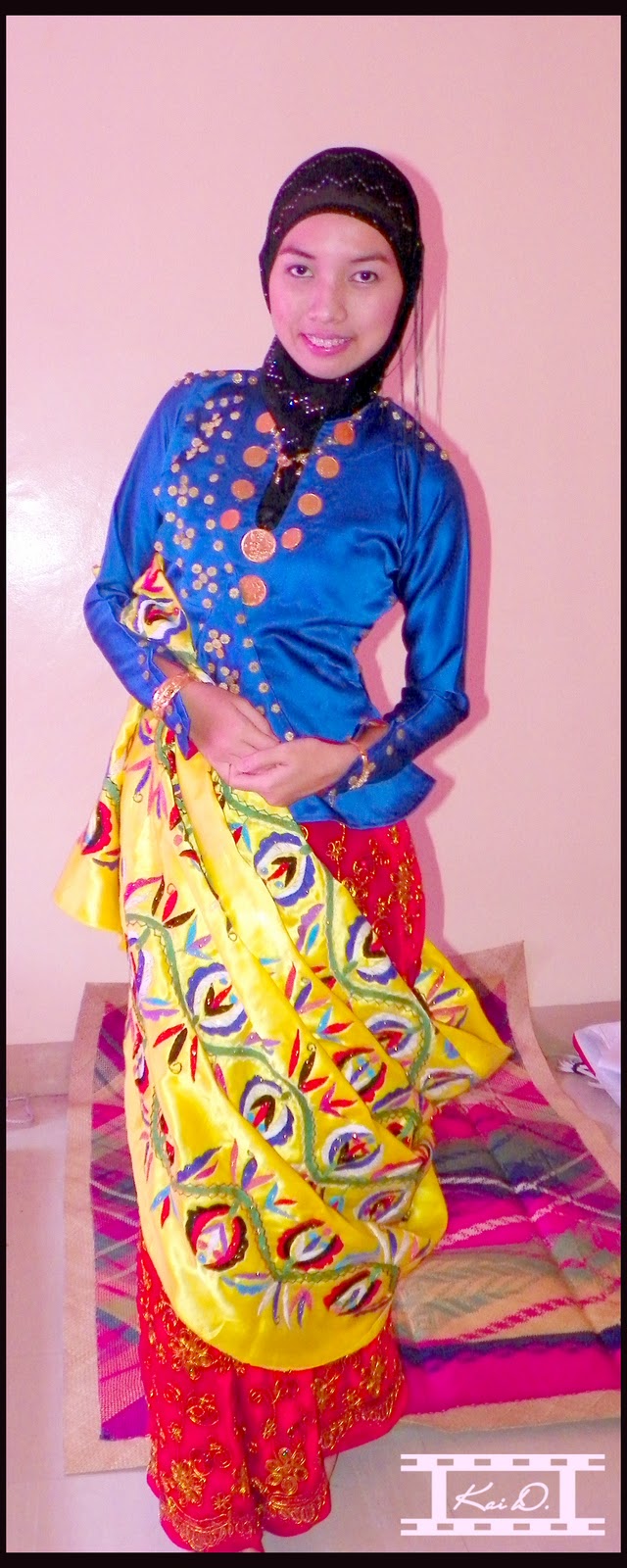All About Tausug Philippines
Table of ContentsWhat Does Tausug Philippines Do?The Greatest Guide To Tausug PhilippinesTausug Philippines - QuestionsFascination About Tausug PhilippinesIndicators on Tausug Philippines You Need To KnowNot known Details About Tausug Philippines
Anne's perceptions of the Pangalay show just how, in a venue where a number of cultures exist together, respect for tribal ownership of a dancing is not inappropriate with an admiration for as well as even a feeling of satisfaction in the collective corpus of dances as one practice, on a nationwide level. Dance is a task so common in Philippine culture that, ironically, it is regularly taken for granted.
There is no denying that Reyes-Aquino deserved her National Musician Award in Dancing for the collection of descriptions of all the dancings that show up in her six-volume job (Aquino 1953), yet I maintain that more study is needed to enhance this collection by upgrading, cutting, broadening, and also remedying, where required, especially when it involves the classification and also categories of dancings.
There is much information therein, definitely, but efficient reorganization as well as circulation of this details needs the work of a lot more scholars. I keep in mind, nonetheless, that this procedure of revision is not without its political problems amongst dance scholars and also professionals. Tausug Philippines. For instance, while researching the Pangalay in the funding and also two districts of Tawi Tawi, an island province within the Sulu archipelago, Santamaria discovered that the locals of this province separated the Pangalay from the Igal.
Tausug Philippines for Dummies
Not remarkably, responses from Amilbangsa's team to this insurance claim were aggressive, accusing Santamaria of negating Amilbangsa's original research study rather than watching it as the discovery of brand-new knowledge. As the acknowledged expert in Pangalay, it was presumed that Amilbangsa might not be wrong, in the exact same fashion that Aquino's research is thought to be self-evident.
Bajau kids discovering the Igal in Sempornah, Sabah. Picture by Hanafi Hussin. Amilbangsa's advocacy for the Pangalay merits in that she seeks to keep the practice active to make sure that future generations will keep performing this age-old kind that was exercised prior to the people who danced it were converted to Islam.
Plainly, it would certainly be helpful if she might update her research or allow others to proceed the study for her. My account of issues with the classification and classification of dances in the Philippines and their documents looks for to demonstrate how the development of a nationwide heritage is not without contestation, as find more several cultural teams battle to maintain their identity and also self-reliance on a tribal level within the merged field that is nationhood.
See This Report about Tausug Philippines
On the lower footer of the web site, a copyright is suggested from 1999-2013, although this may reflect the size of time that the Alun Alun Dance Circle has been in operations, as stated on the web site's account page: http://pangalaydance. com/the-alun-alun- dance-circle. It would certainly be secure to say that the write-up "The Pangalay Dance Design" might have been submitted to the internet site as early as January 2007, which is the oldest day of the archives of articles on the website, and also written prior to after that.
gov.ph, it is unclear where an upgrade of this record can be found. Introductions of the background of Philippine dancing are found in Basilio Esteban Villaruz's Sayaw: An Essay on Philippine Dance, which was released as a brief essay by the Cultural Center of the Philippines (CCP) in 1989, then consisted of in the Tuklas Sining collection (1991 ).
In some areas, the motion of such individuals has dramatically altered the ethnic structure. Such is the instance of southerly Sulu, the islands comprising the province of Tawi-Tawi. This paper is a discussion of current populace movements in the Sulu Islands, and exactly how these may be associated with the society background of the Sama individuals, the earliest inhabitants of Sulu (*).
Tausug Philippines Things To Know Before You Buy

Architecture and Community Preparation. There are 3 kinds of Mranaw residences: the lawig (cottage), mala-a-wali (huge home), as well as the torogan or genealogical residence of the datu. Some Mranaw houses have blog posts which hinge on the rounded boulders; these "floating foundations" avoid the structures from collapsing during quakes (Peralta, 1975: 28-31).
It stands thirty to 220 centimeters over the ground, hing on 9 to twelve bamboo or wood posts. A fenced patio offers as the front of your house; the kitchen area, which is fifty centimeters lower than the frameworks, goes a knockout post to the back. Tausug Philippines. The text houses the resting location, which functions as a living as well as workplace in the early morning.
Our Tausug Philippines PDFs
The widowed line flooring of your home is of split bamboo connected with rattan. Sculpted breasts, head boards, or mosquito displays divide the interior right into the sleeping and also non- sleeping locations. More Info Covered with a riyara woven floor covering, rice-stalk bundles work as bed mattresses, the head as well as foot of which are laid out with pillows.
The roof of the mala-a-walai is made from thick cogon lawn protected on bamboo structures by rattan. Scratched bamboo poles server as the stairs, which are placed at the front and back of your house (Alarcon, 1991: 65-66). The finest example of Mranaw design is the torogan, which showcases the most effective of Mranaw okir (essentially, "sculpting").

10 Easy Facts About Tausug Philippines Explained
